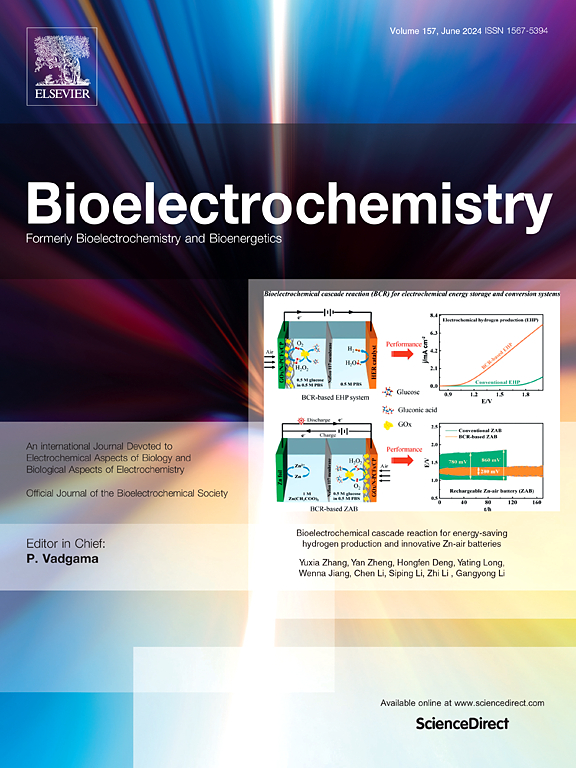长期压力与为回报而付出努力的动机之间呈倒u型关系
IF 3.6
2区 医学
Q1 NEUROSCIENCES
引用次数: 0
摘要
为获得奖励而付出努力的动机障碍被认为是与压力有关的精神疾病的一个重要症状。很少有研究探索慢性压力与努力获得奖励的动机之间的关系,以及其潜在的神经机制。本研究以90名正经历慢性压力源的大学生为研究对象,调查了这一关系。在记录脑电图信号的同时,学生们参与了一项努力-奖励任务,其中他们可以接受或拒绝为另一个获得奖励的机会而付出努力的提议。采用感知压力量表(PSS)评估参与者的慢性压力水平,并通过漂移-扩散模型(DDM)进一步捕捉他们的决策。与不给予奖励相比,给予奖励导致奖励积极性(RewP) ERP波形的振幅增加,特别是在额外奖励试验中。重要的是,PSS得分与动机指标呈倒u型关系,包括提供接受率(行为指标)、漂移率(模型参数)和ΔRewP(即奖励交付与奖励遗漏的RewP差异,ERP成分)。这些发现表明,慢性压力和动机之间呈倒u型关系,表明个体在暴露于低水平或高水平(相对于中等水平)的慢性压力时,其动机会减弱。我们的研究对理解与压力相关的精神障碍的脆弱性和恢复力具有重要意义。本文章由计算机程序翻译,如有差异,请以英文原文为准。
An inverted U-shaped relationship between chronic stress and the motivation to expend effort for reward
Dysfunction in the motivation to expend effort for reward is considered a crucial symptom of stress-related mental illness. Few studies have explored the relationship between chronic stress and the motivation to exert effort for reward, along with its underlying neural mechanisms. We investigated this relationship in ninety undergraduates who were undergoing a chronic stressor: preparing for the National Postgraduate Entrance Examination (NPEE). Students engaged in an effort-reward task while EEG signals were recorded, wherein they could accept or reject an offer to expend effort for another opportunity to obtain the reward. Participants’ chronic stress levels were assessed using the Perceived Stress Scale (PSS) and their decision was further captured by a drift-diffusion model (DDM). Compared to reward omission, reward delivery led to increased amplitude of the reward positivity (RewP) ERP waveform, particularly in extra reward trials relative to regular trials. Importantly, the PSS score showed an inverted U-shaped relationship with the motivation indicators, including offer acceptance rate (behavioral index), drift rate (model parameter), and ΔRewP (i.e., the difference in RewP in response to reward delivery compared to reward omission, ERP component). These findings suggest an inverted U-shaped relationship between chronic stress and motivation, suggesting that individuals display diminished motivation when exposed to low or high levels, relative to moderate levels, of chronic stress. Our study holds significant implications for understanding both vulnerability and resilience to stress-related mental disorders.
求助全文
通过发布文献求助,成功后即可免费获取论文全文。
去求助
来源期刊

Neurobiology of Stress
Biochemistry, Genetics and Molecular Biology-Biochemistry
CiteScore
9.40
自引率
4.00%
发文量
74
审稿时长
48 days
期刊介绍:
Neurobiology of Stress is a multidisciplinary journal for the publication of original research and review articles on basic, translational and clinical research into stress and related disorders. It will focus on the impact of stress on the brain from cellular to behavioral functions and stress-related neuropsychiatric disorders (such as depression, trauma and anxiety). The translation of basic research findings into real-world applications will be a key aim of the journal.
Basic, translational and clinical research on the following topics as they relate to stress will be covered:
Molecular substrates and cell signaling,
Genetics and epigenetics,
Stress circuitry,
Structural and physiological plasticity,
Developmental Aspects,
Laboratory models of stress,
Neuroinflammation and pathology,
Memory and Cognition,
Motivational Processes,
Fear and Anxiety,
Stress-related neuropsychiatric disorders (including depression, PTSD, substance abuse),
Neuropsychopharmacology.
 求助内容:
求助内容: 应助结果提醒方式:
应助结果提醒方式:


